Die Hölle des Nordens
Die Hölle des Nordens
John Degenkolb hat Paris-Roubaix 2015 für sich entscheiden können und damit endgültig unterstrichen, dass er zu den besten Fahrern im Peloton gehört.
Für andere Fahrer wie beispielsweise Peter Sagan und Bradley Wiggins war die diesjährige Edition von Paris-Roubaix eher eine Enttäuschung. Peter Sagan selbst konnte allerdings nicht viel dafür, denn kurz vor dem Ende des Rennens hatte er mit erheblichen Problemen mit seinem Rad zu kämpfen.
Auf den nächsten Seiten findet ihr einige Impressionen der Hölle des Nordens.

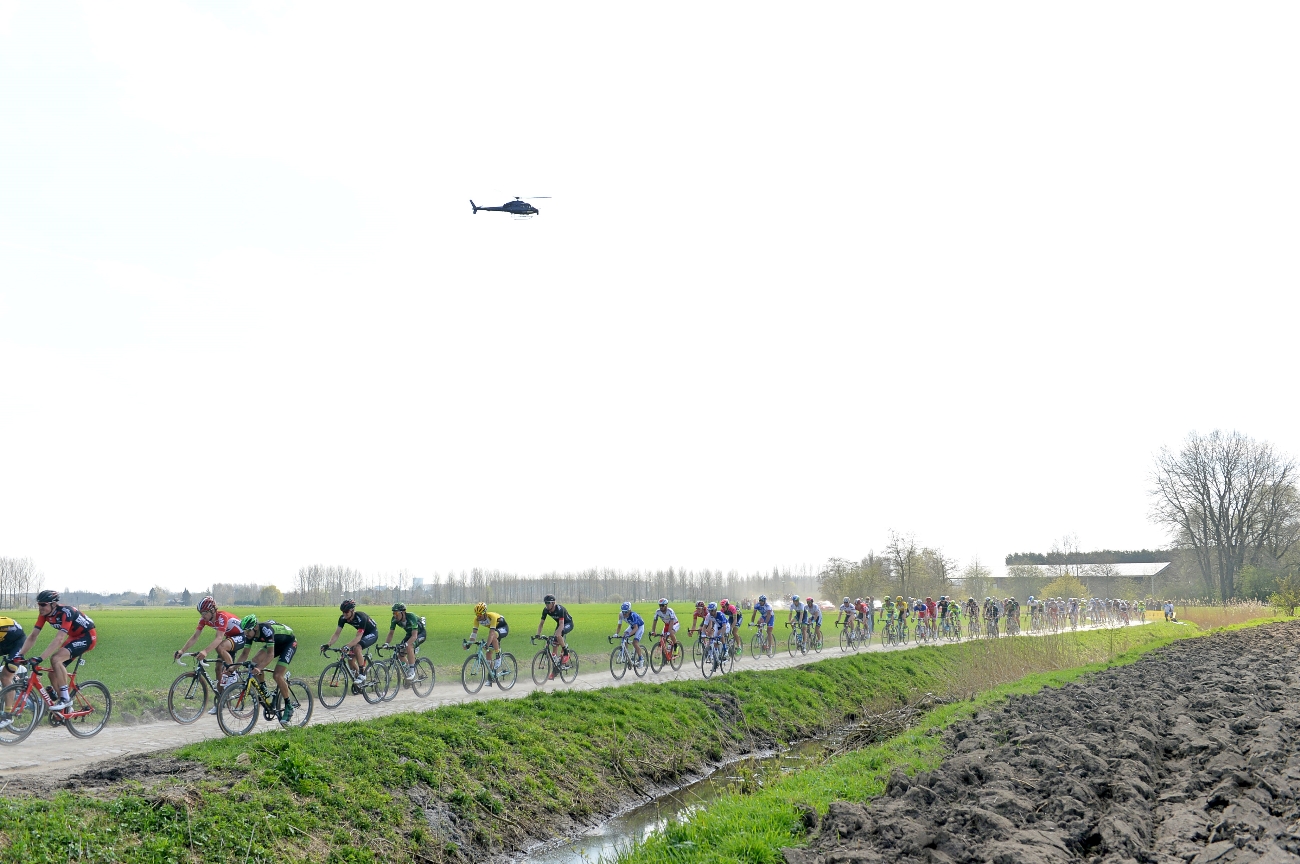
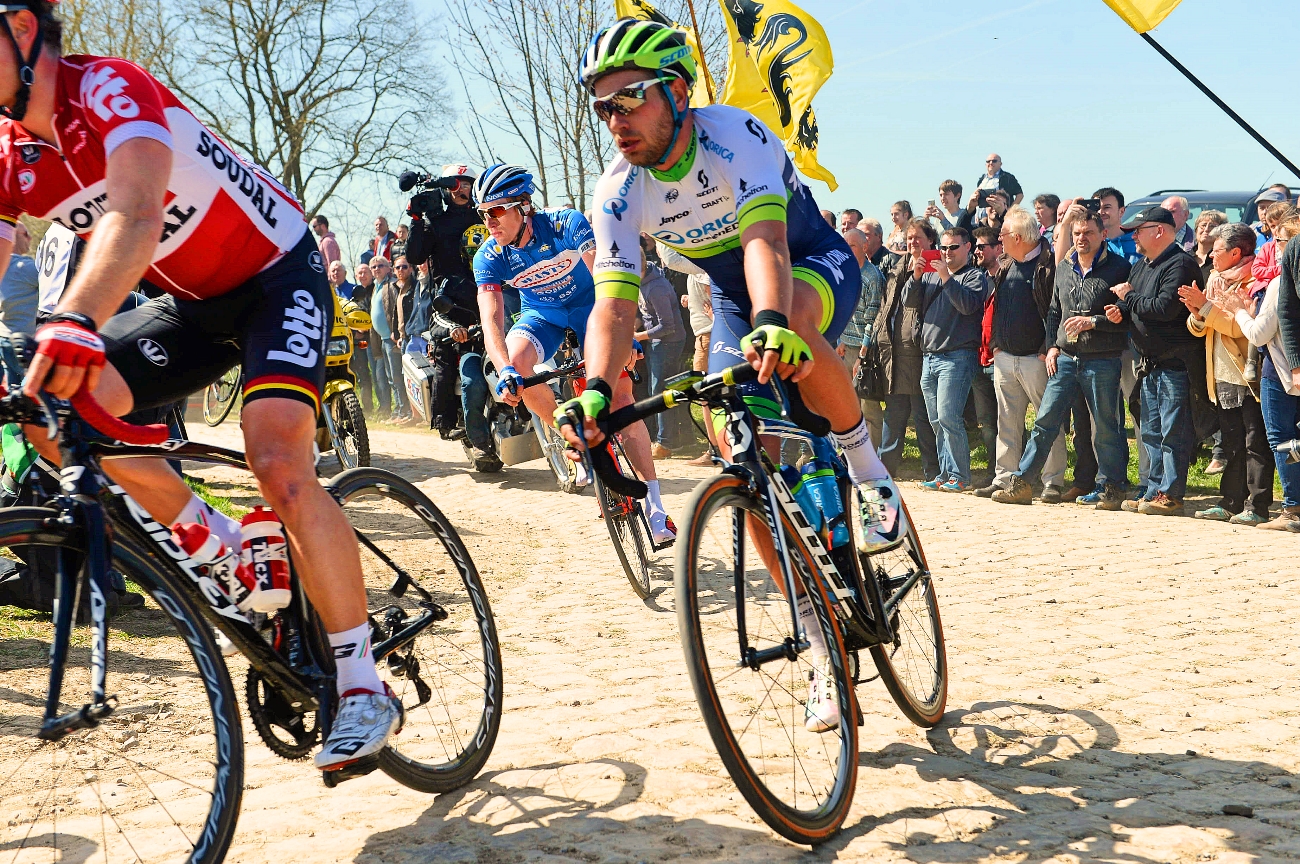
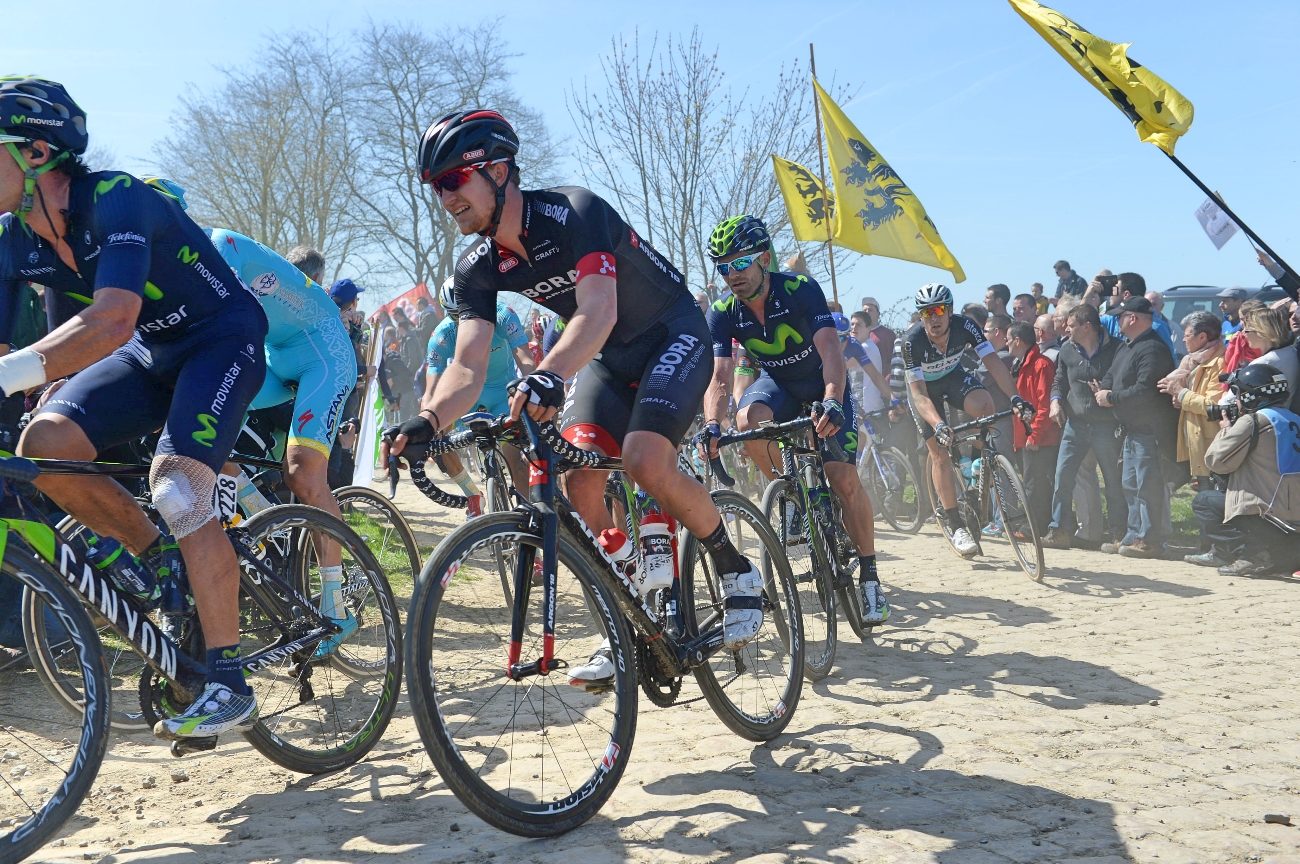
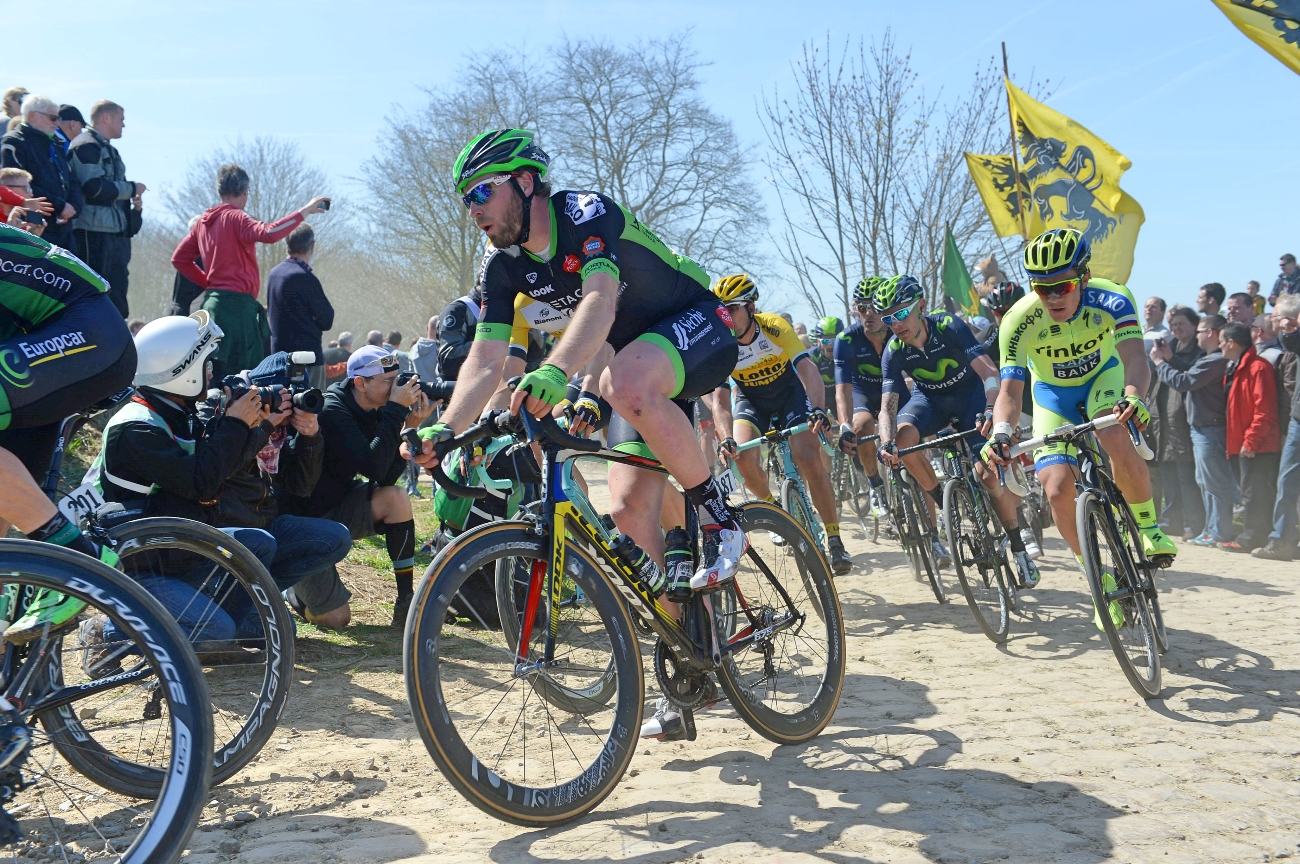
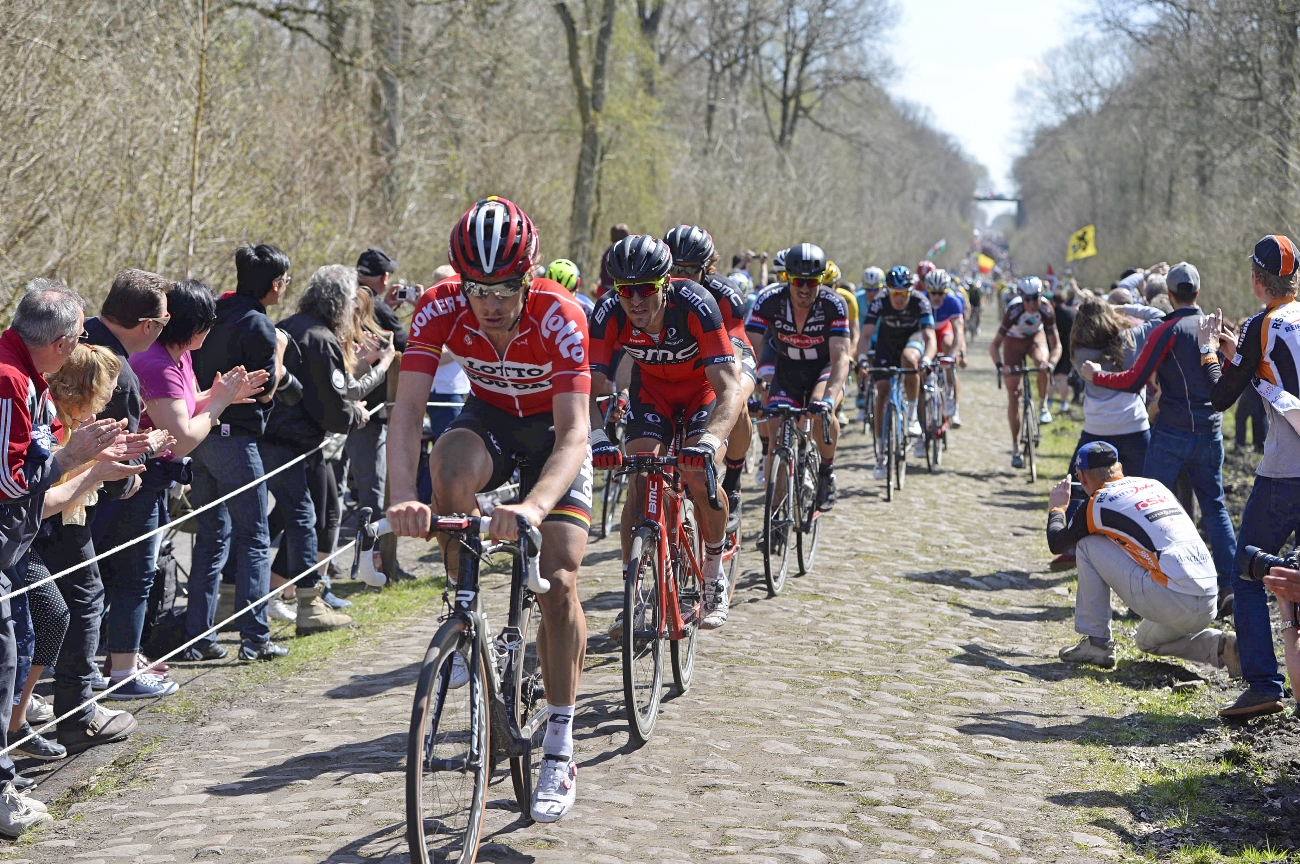

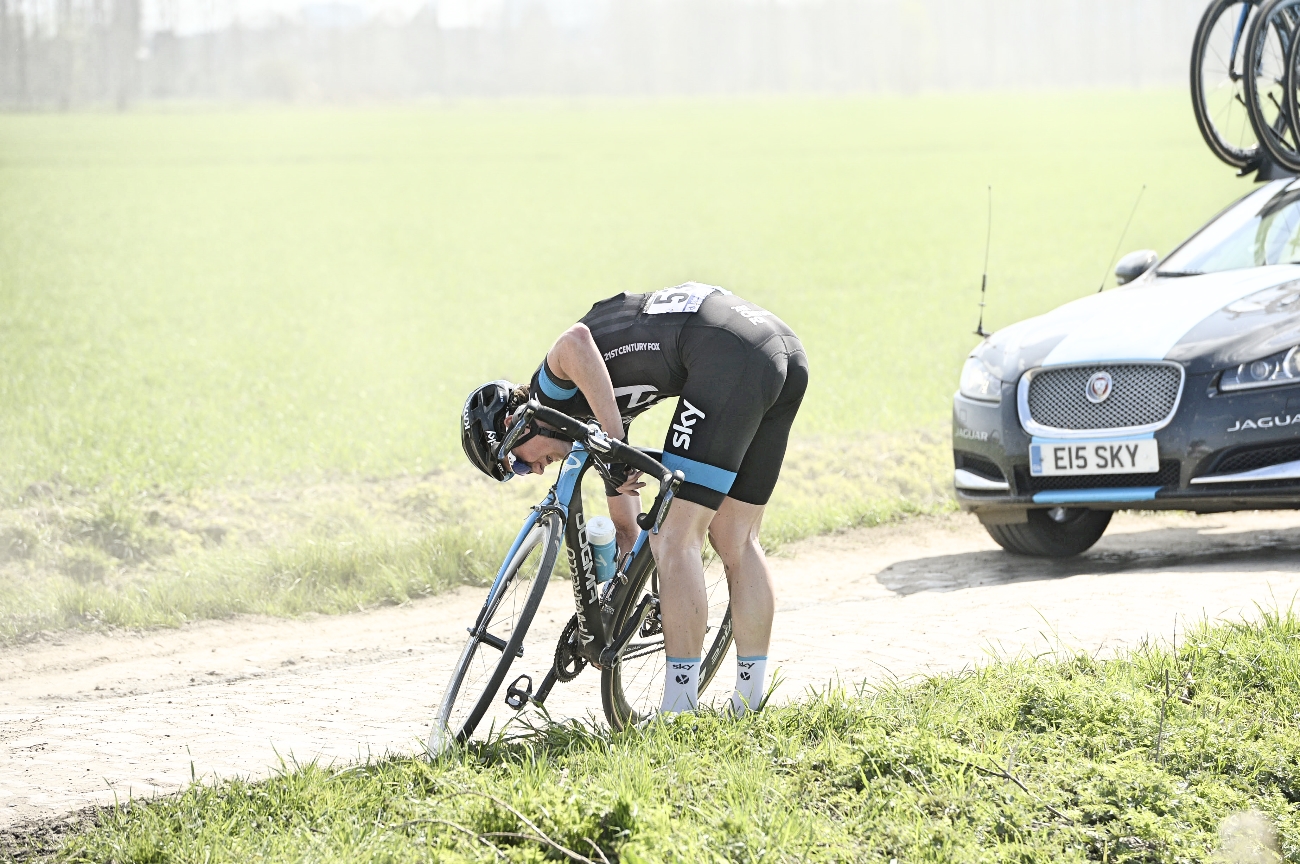
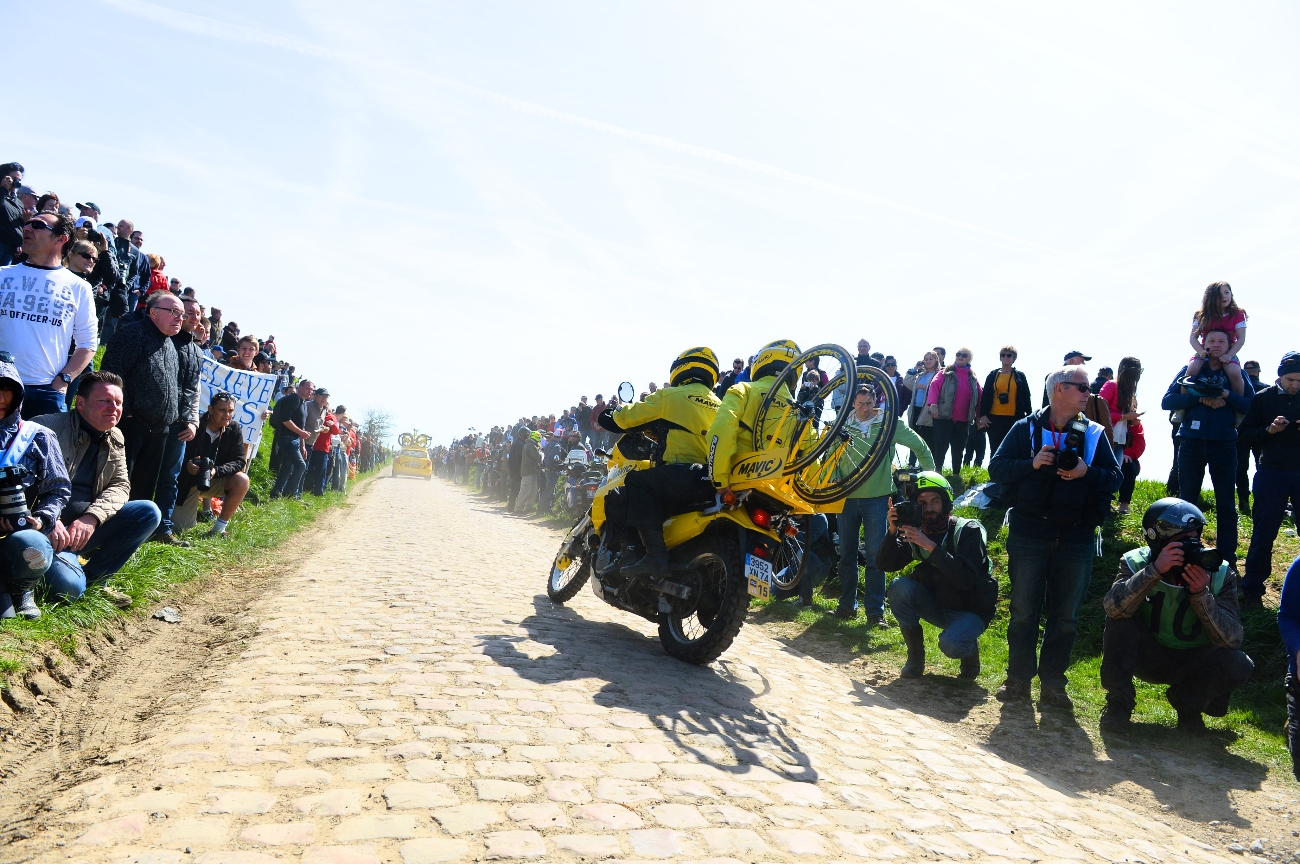
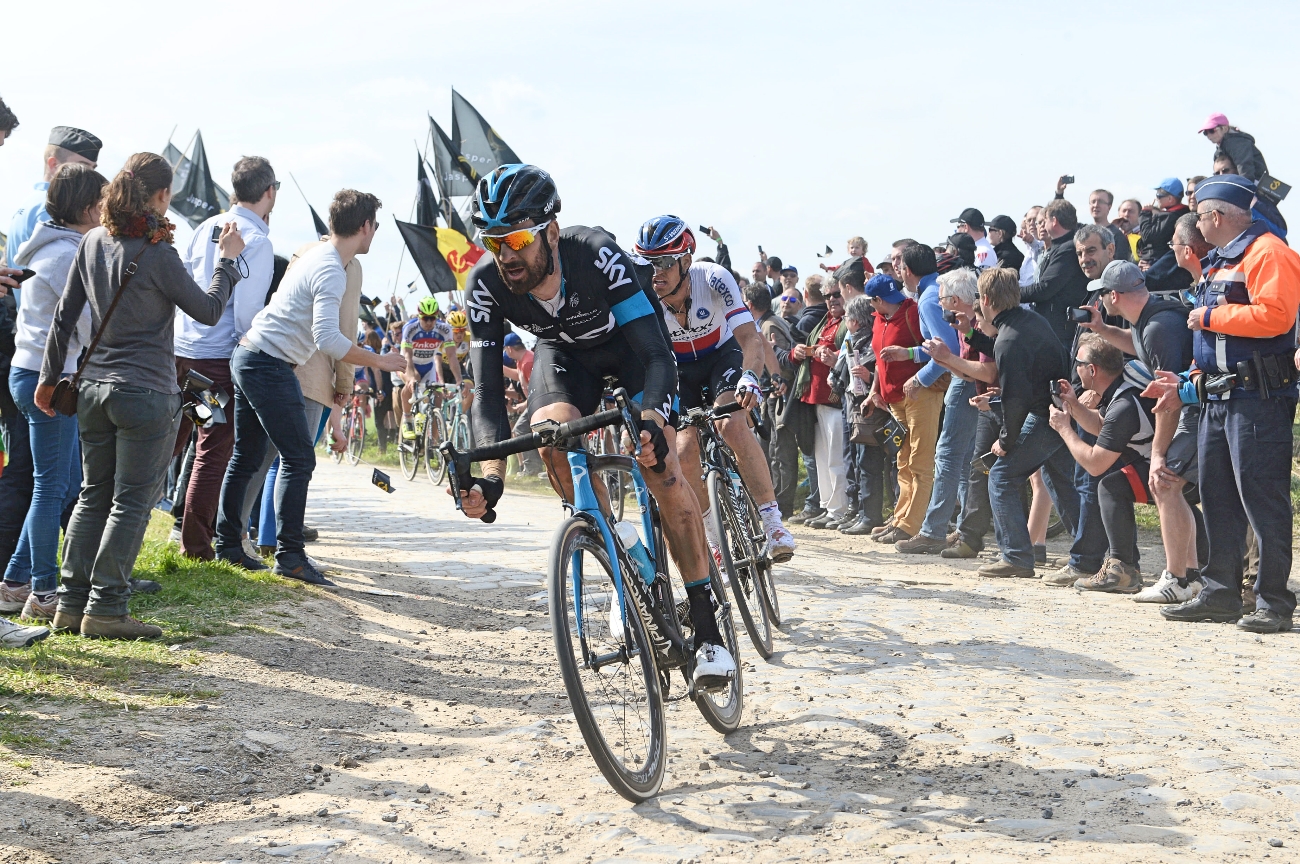
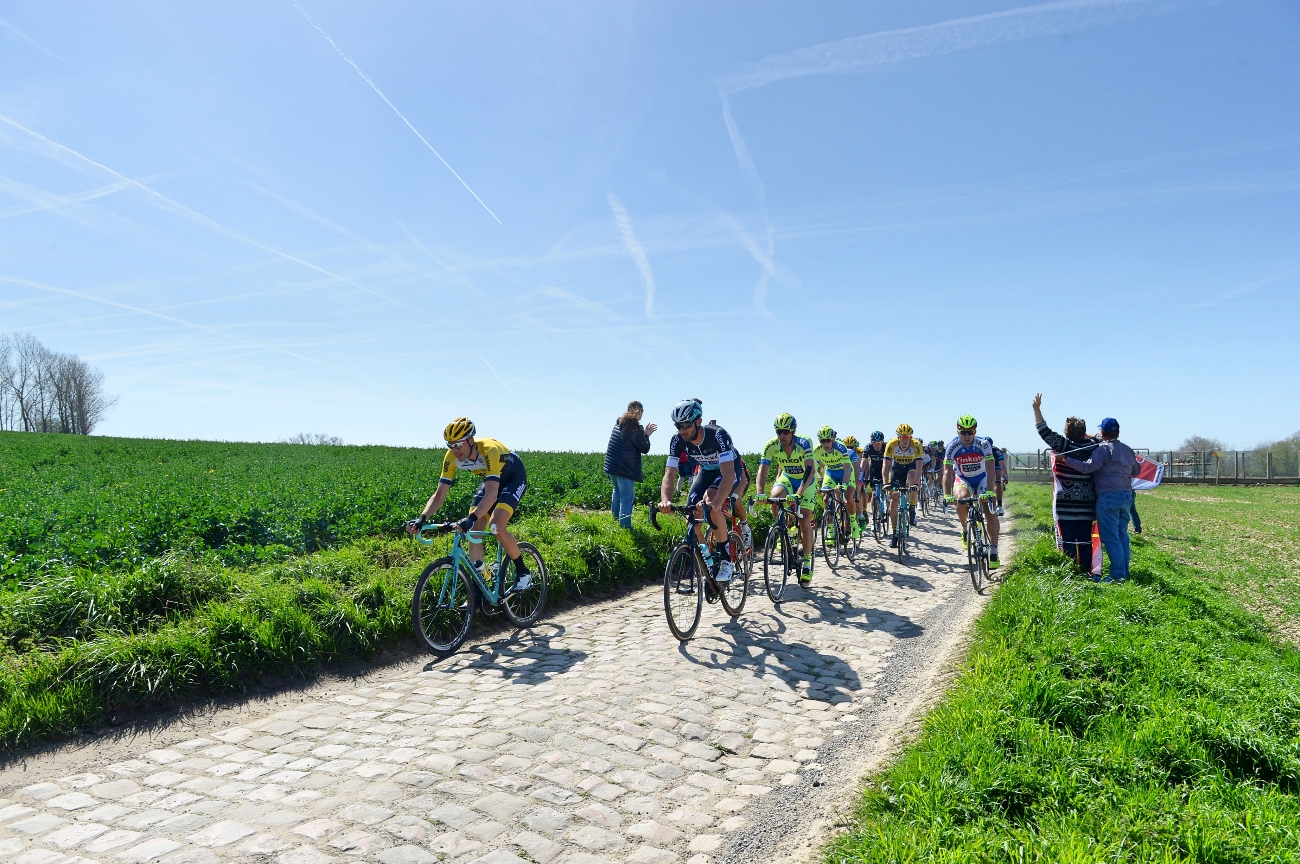
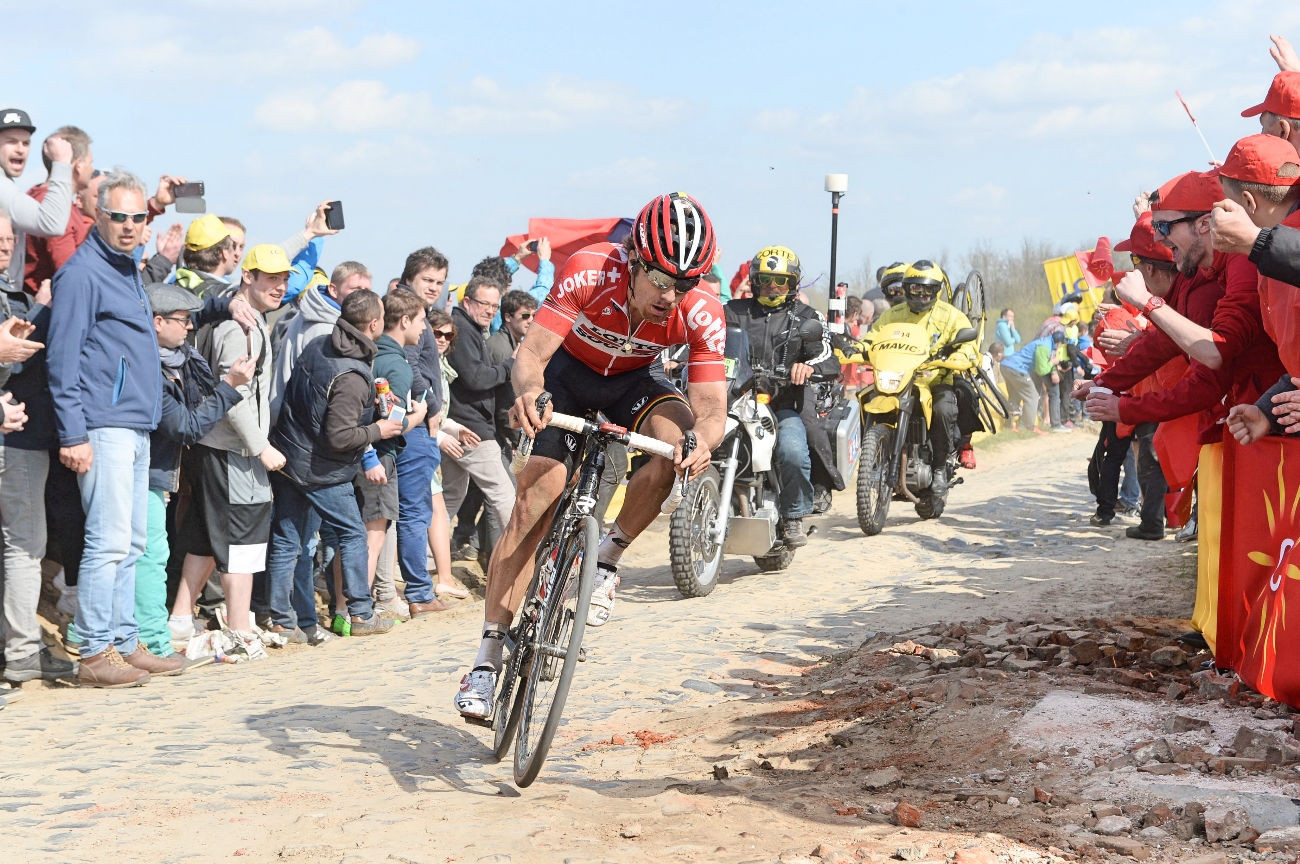

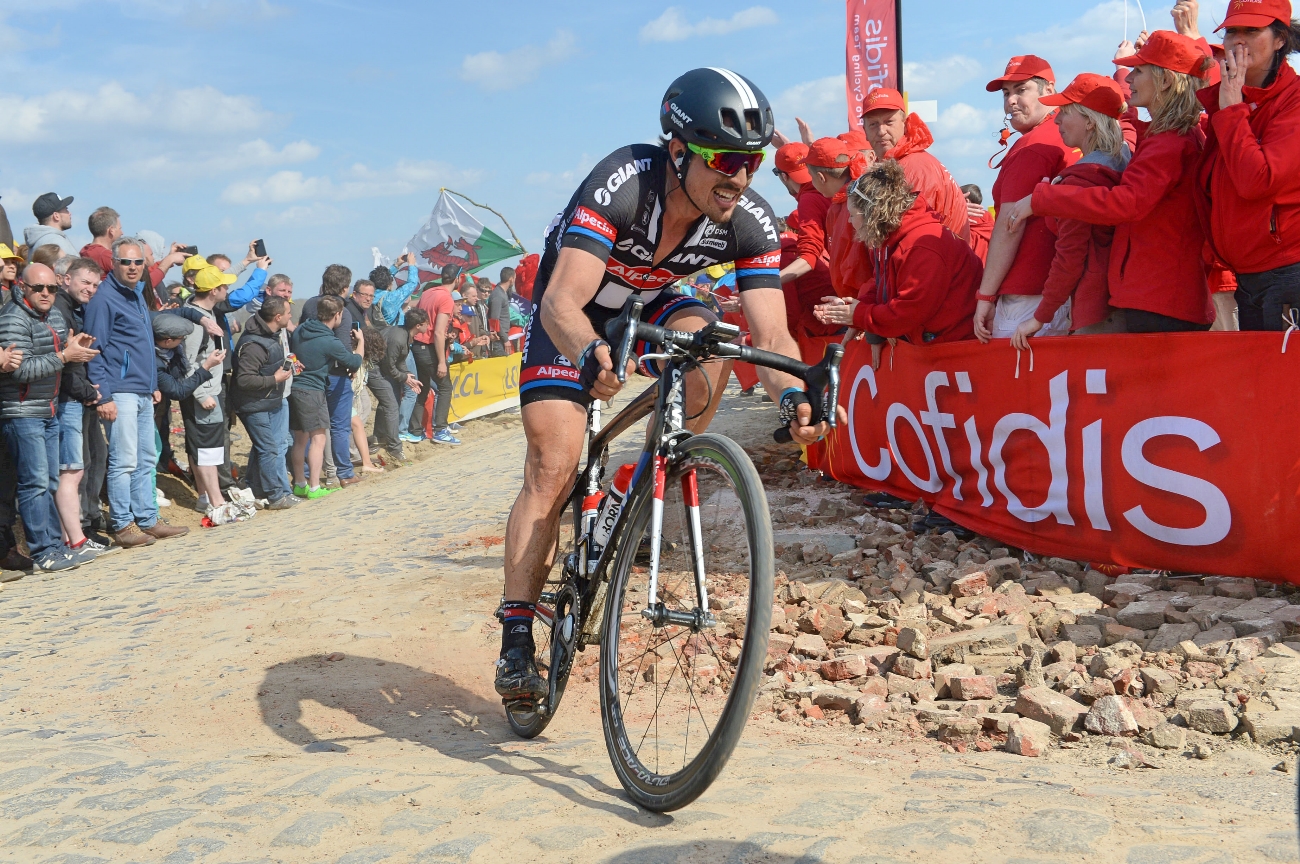
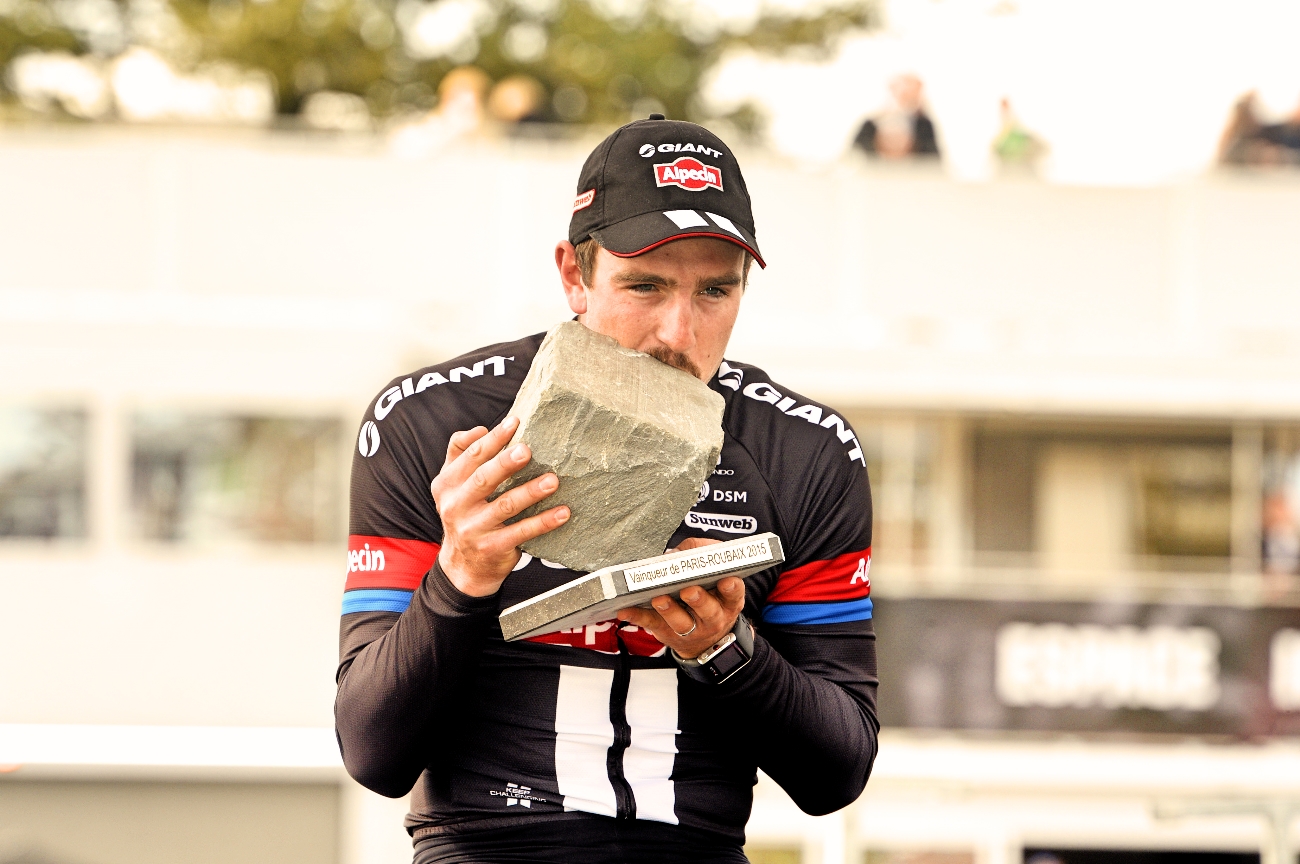







Share